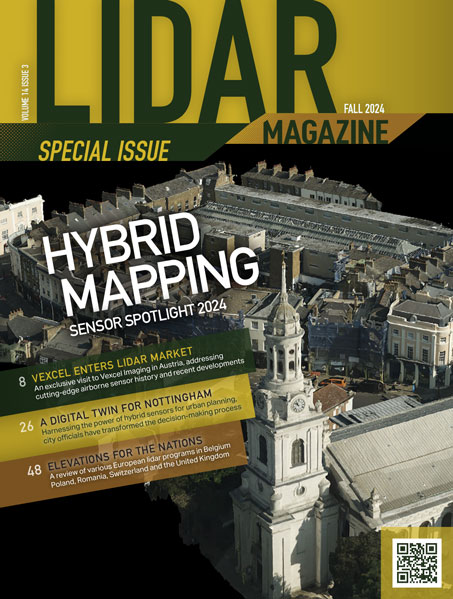(Keystone, SD) Despite the snow and rain from the past week, the 3-D digital scanning project at Mount Rushmore National Memorial has captured some impressive data from the scans. The project began on Monday, May 10 and the team has been scanning the historic resources at Mount Rushmore including the historic Sculptors Studio, the Hall of Records and the Shrine of Democracy sculpture. The team will continue scanning through the end of this week, weather permitting.
The National Park Service has partnered with the Kacyra Family Foundation and their project, CyArk, for this project. The scanning team also includes heritage conservators and digital design experts from Historic Scotland and the Glasgow School of Art. Local support from Wyss and Associates, Respec Engineering, Inc, and the South Dakota School of Mines and Technology have also been instrumental in the success of the project.
Throughout the first week of the project, the team has been able to complete the digital scans of the interior and exterior of the historic Sculptors Studio, the Hall of Records behind the sculpture, and several perspective scans of the Mount Rushmore sculpture. Scanning stations have been set up behind the sculpture to get the top of the heads as well as stations along the Presidential Trail to scan the front of the faces. A scanning tripod has also been custom made for the project to capture scans directly on the mountain. The Mount Rushmore technical ropes team was busy on Monday, May 17 working with the tripod on the sculpture before the team begins using it for scanning.
The scanning data that has been captured is the first highly accurate and comprehensive survey of the mountain. The advanced 3-D terrestrial laser scanners that are being used on the project are capable of capturing 50,000 plus dimension points a second. The highly accurate data is giving the National Park Service the opportunity to use cutting edge technology to interpret and record one of Americas icons. The memorial will use the data for not only long-term preservation planning of the historic resources, but also to develop 3-D modeling, virtual tours, and other interactive interpretive programming.
The staff at Mount Rushmore has set up an updated website about the project. To follow the scanning progress, go online at www.nps.gov/moru and click the quicklink 2010 Digital Scanning.
Photo caption, Abraham Lincoln:
The terrestrial laser scanners used by the scanning team capture millions of data points to create a dense point cloud rendering of the Abraham Lincoln sculpture at Mount Rushmore National Memorial. Photo image by the Kacyra Family Foundation/CyArk
Photo caption, Thomas Jefferson:
Several separate laser scans taken at different locations throughout the memorial are combined to create the highly accurate rendering of the Thomas Jefferson sculpture at Mount Rushmore National Memorial. Photo image by the Kacyra Family Foundation/CyArk
